David Colliaux
Continual Learning with Deep Streaming Regularized Discriminant Analysis
Sep 15, 2023Abstract:Continual learning is increasingly sought after in real world machine learning applications, as it enables learning in a more human-like manner. Conventional machine learning approaches fail to achieve this, as incrementally updating the model with non-identically distributed data leads to catastrophic forgetting, where existing representations are overwritten. Although traditional continual learning methods have mostly focused on batch learning, which involves learning from large collections of labeled data sequentially, this approach is not well-suited for real-world applications where we would like new data to be integrated directly. This necessitates a paradigm shift towards streaming learning. In this paper, we propose a streaming version of regularized discriminant analysis as a solution to this challenge. We combine our algorithm with a convolutional neural network and demonstrate that it outperforms both batch learning and existing streaming learning algorithms on the ImageNet ILSVRC-2012 dataset.
Intrinsic Motivation and Episodic Memories for Robot Exploration of High-Dimensional Sensory Spaces
Jan 07, 2020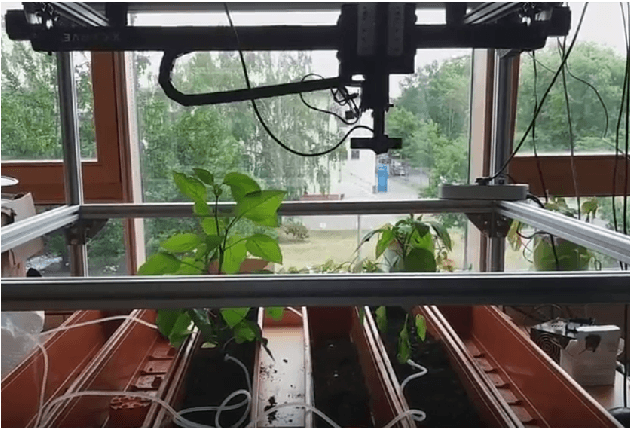
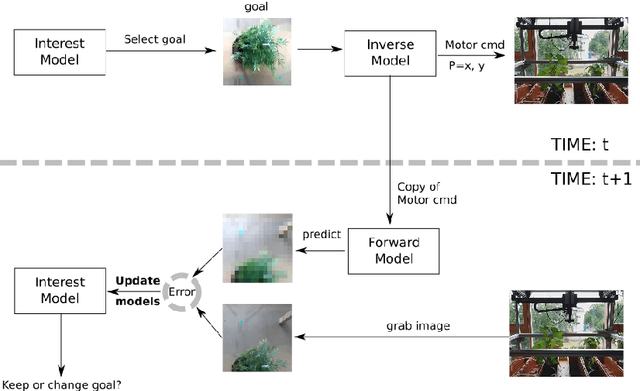
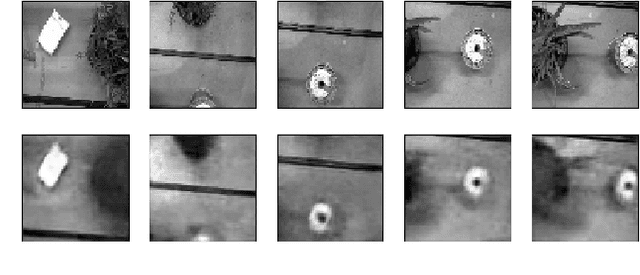
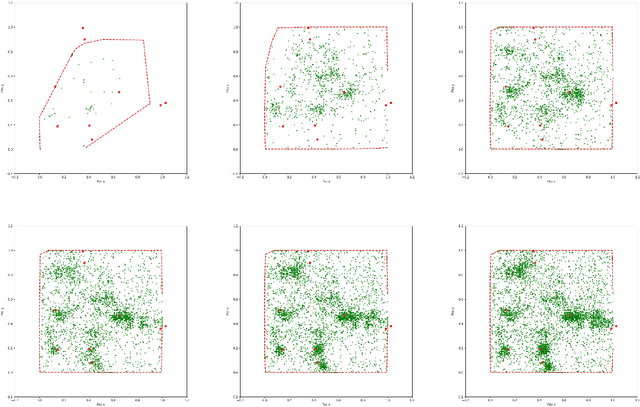
Abstract:This work presents an architecture that generates curiosity-driven goal-directed exploration behaviours for an image sensor of a microfarming robot. A combination of deep neural networks for offline unsupervised learning of low-dimensional features from images, and of online learning of shallow neural networks representing the inverse and forward kinematics of the system have been used. The artificial curiosity system assigns interest values to a set of pre-defined goals, and drives the exploration towards those that are expected to maximise the learning progress. We propose the integration of an episodic memory in intrinsic motivation systems to face catastrophic forgetting issues, typically experienced when performing online updates of artificial neural networks. Our results show that adopting an episodic memory system not only prevents the computational models from quickly forgetting knowledge that has been previously acquired, but also provides new avenues for modulating the balance between plasticity and stability of the models.
Toward Biochemical Probabilistic Computation
Nov 09, 2015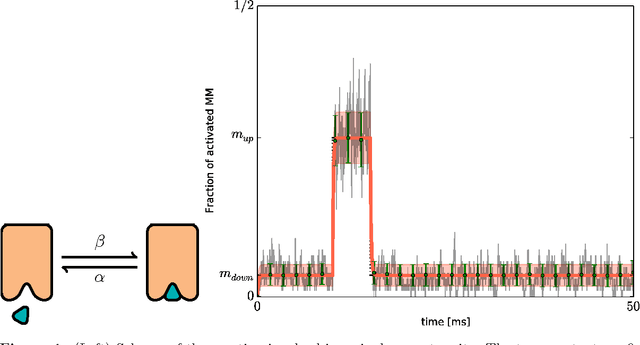
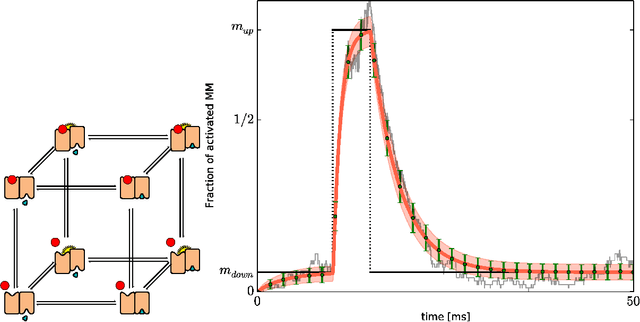
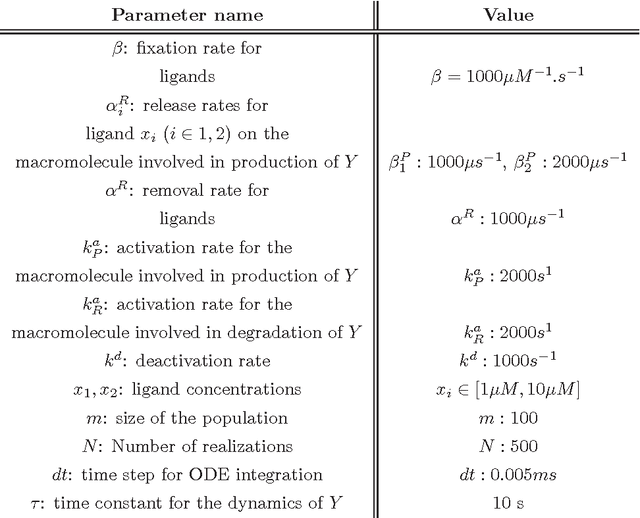
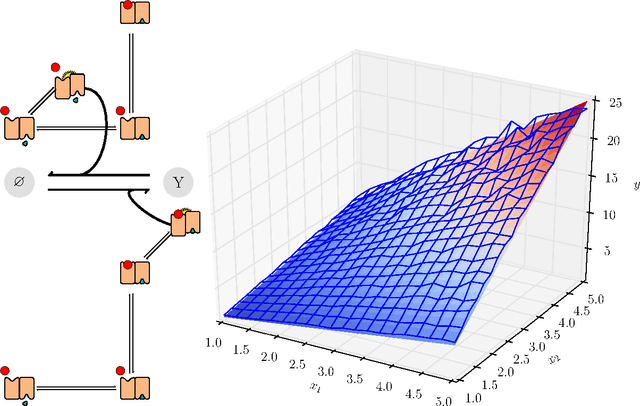
Abstract:Living organisms survive and multiply even though they have uncertain and incomplete information about their environment and imperfect models to predict the consequences of their actions. Bayesian models have been proposed to face this challenge. Indeed, Bayesian inference is a way to do optimal reasoning when only uncertain and incomplete information is available. Various perceptive, sensory-motor, and cognitive functions have been successfully modeled this way. However, the biological mechanisms allowing animals and humans to represent and to compute probability distributions are not known. It has been proposed that neurons and assemblies of neurons could be the appropriate scale to search for clues to probabilistic reasoning. In contrast, in this paper, we propose that interacting populations of macromolecules and diffusible messengers can perform probabilistic computation. This suggests that probabilistic reasoning, based on cellular signaling pathways, is a fundamental skill of living organisms available to the simplest unicellular organisms as well as the most complex brains.
 Add to Chrome
Add to Chrome Add to Firefox
Add to Firefox Add to Edge
Add to Edge